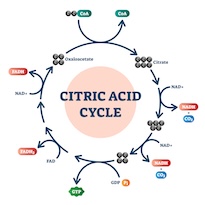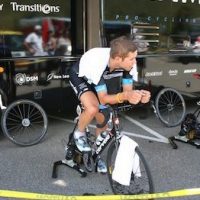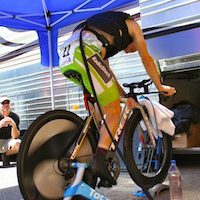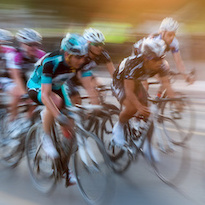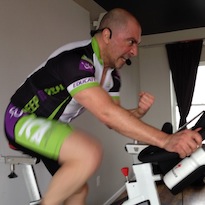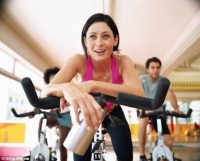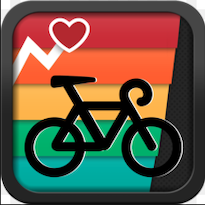Nerd Alert!! Studied the Krebs Cycle? This is Friggin’ Awesome!
OK, so maybe only those who have studied and are passionate the Krebs cycle will love this, but if you are an indoor cycling instructor, I hope you have more than just a cursory interest in metabolic processes. As Dr. Jennifer Klau says, “If geek and cool made a movie, this would be the soundtrack.” Or, as they say in the song, this is friggin’ awesome!Read more…

